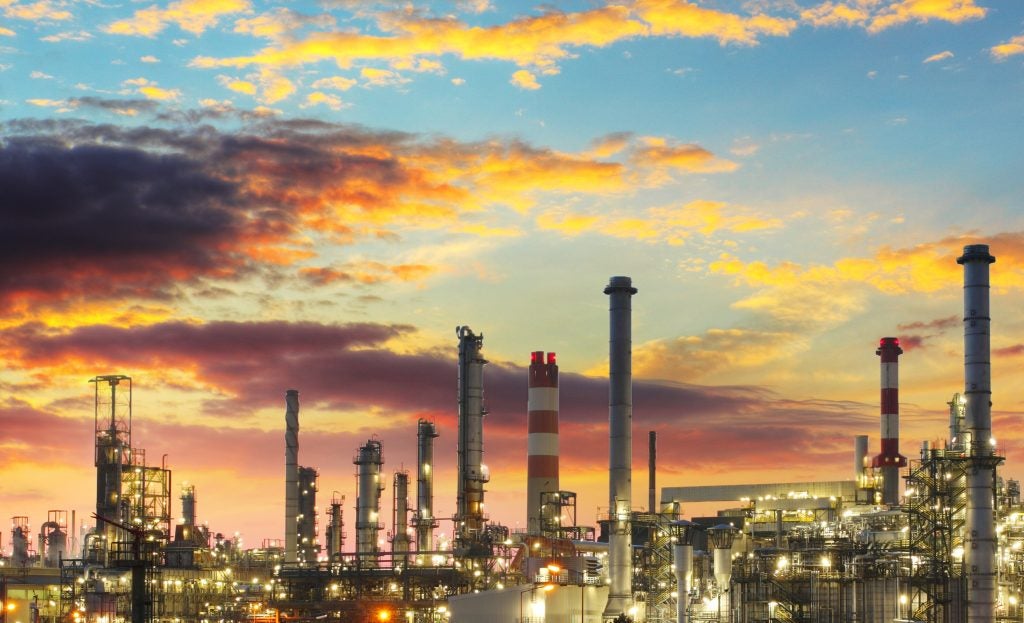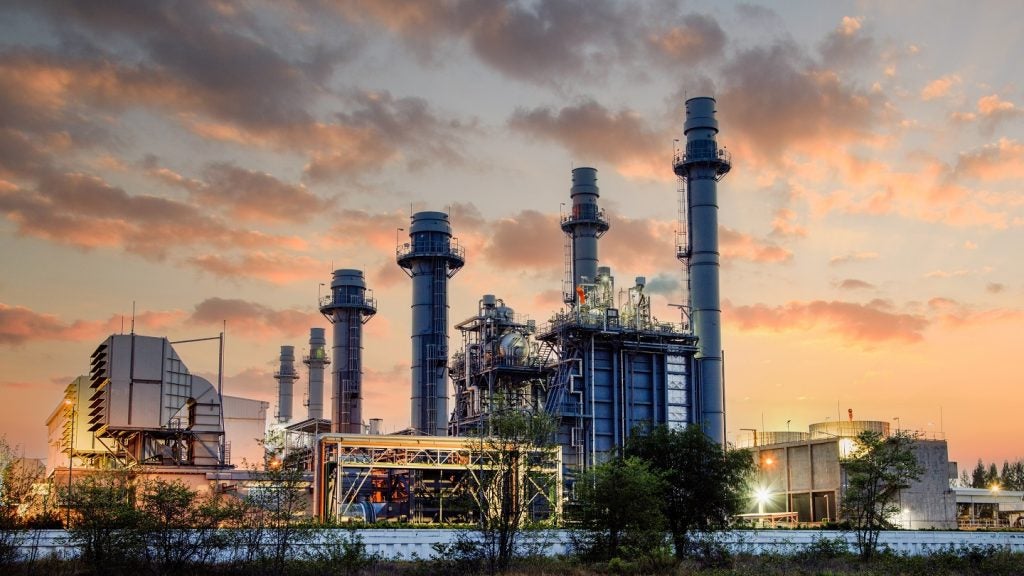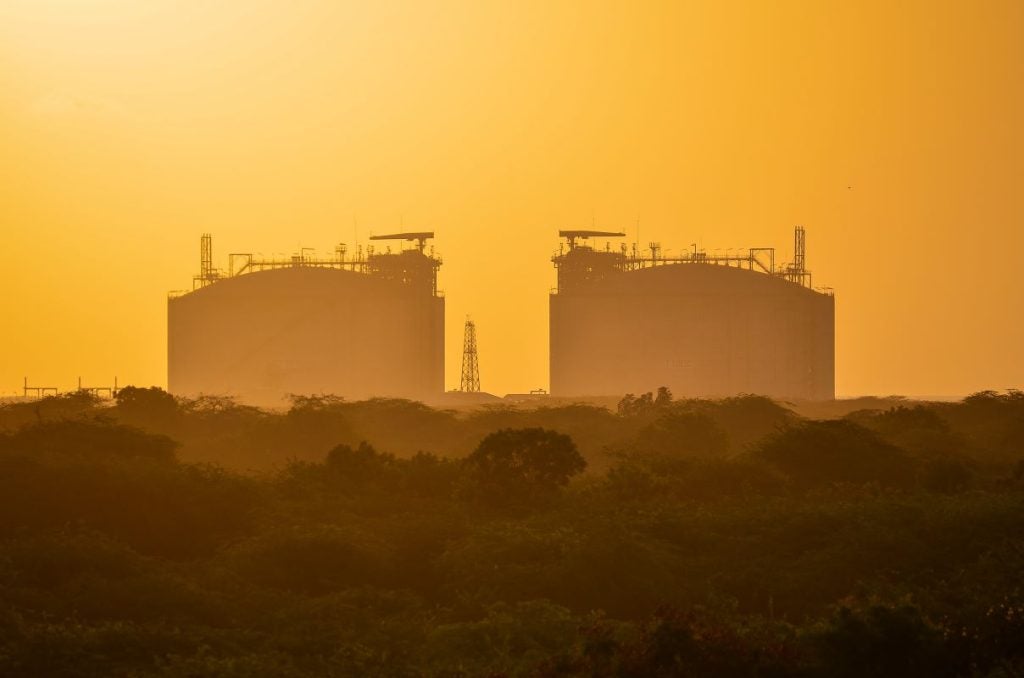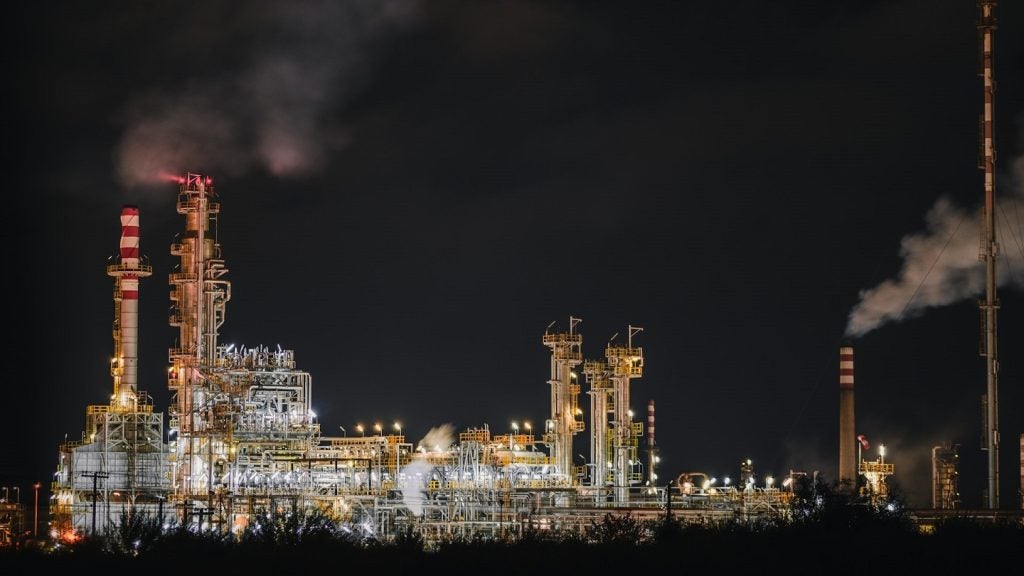Garraf is a producing heavy oil field located onshore Iraq and is operated by PETRONAS Carigali Iraq Holding. According to GlobalData, who tracks more than 34,000 active and developing oil and gas fields worldwide, the field is located in block Garraf Contract Area. Buy the profile here.
Field participation details
The field is owned by Japan Oil, Gas and Metals National, Japan Petroleum Exploration, Ministry of Oil, Iraq, Mitsubishi and Petroliam Nasional.
Production from Garraf
The Garraf heavy oil field recovered 30.23% of its total recoverable reserves, with peak production expected in 2024. Based on economic assumptions, production will continue until the field reaches its economic limit in 2051. The field currently accounts for approximately 3% of the country’s daily output.
For more details on the Garraf Heavy Oil Field, buy the profile here.
Data Insights
From

The gold standard of business intelligence.
Blending expert knowledge with cutting-edge technology, GlobalData’s unrivalled proprietary data will enable you to decode what’s happening in your market. You can make better informed decisions and gain a future-proof advantage over your competitors.







